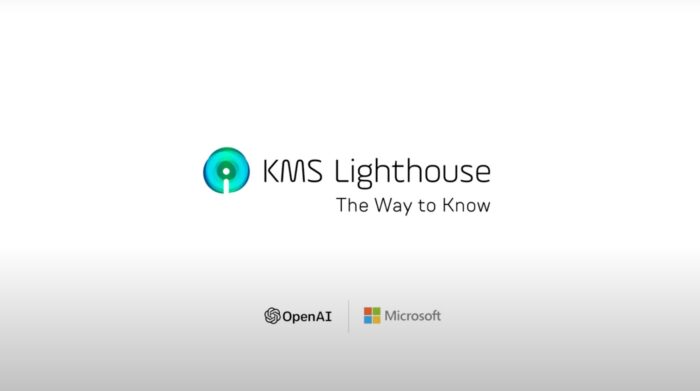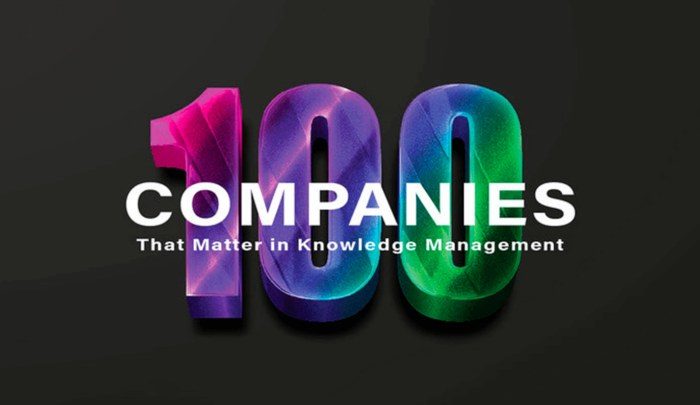What is Average Handle Time in a Contact Center?
One of many customer service metrics, average handling time analyzes the average time an agent needs to resolve a support ticket or customer service request. The analysis includes time spent on hold, call transfers, delays, and or follow-up actions to fulfill a customer’s needs. It’s a crucial customer service metric because it relates to a customer’s most valued commodity: their time. In fact, research shows most adult consumers believe the most important thing a company can do is respect their time.
Reducing average handling time in your organization’s contact center means your customer service team is being more productive and giving customers the experiences they want. It also allows them to take on more cases in their daily workflow. How to reduce average handle time in a contact center without sacrificing quality is a challenge, but there are ways to do it effectively.
Ways to Improve Average Handle Time
First, let’s cover how not to reduce AHT in your call center: by encouraging agents to hurry customers off the line as quickly as possible. Why? Because when agents use this as their motivation it can have a negative impact on other call center KPIs such as first call resolution. It also increases the number of escalated calls and results in repeat callers looking for a better solution to their problem.
So, what’s the best way to reduce AHT and increase customer satisfaction? Start with these six steps.
Optimize Agent Experience
Improved training together with continuous agent monitoring can significantly reduce AHT in the call center. When agents are educated on things like possible call scenarios, where to look for relevant information, and who to ask for further guidance, they feel confident they can handle whatever comes their way. Agents should also be fully trained in call center software, CRM, chat, and other call center tools. And they should fully understand your organization’s customer service policies and procedures. Call monitoring is a valuable tool that can help expedite agent training, reduce escalated calls, and limit call transfers.
Improve Call Center Agent Coaching
Provide agents with real-life examples of how to improve efficiency. You can monitor an individual agent’s own calls or use recordings of other agents who successfully expedited caller interactions without sacrificing call quality. Recordings of interactions that can be improved upon are also a great coaching technique and give agents concrete examples of where they could make some improvements.
Streamline Processes and Workflows
Take a look at agent workflows and pinpoint where inefficiencies occur. Eliminate anything that adds time to a call and doesn’t contribute to a positive customer experience. Use software to automate repetitive manual tasks so agents’ “busy work” is kept to a minimum.
Optimize Call Handling
Agents know their most valuable resource for resolving a customer’s issue is often a fellow agent. Internal communication systems used in conjunction with effective call routing solutions enhance collaboration, decrease average handling time, and make sure the caller is handled by an agent with expertise on their problem.
Keep Customer Information Up-to-Date
It stands to reason that when agents don’t have access to the most current customer, product, and service information average handling time will increase as agents must spend precious time searching for accurate information. To ensure agents are providing a top-notch customer experience, give them tools that not only solve a customer’s problems but allow them to update information and solutions in real-time.
Use a Knowledge Base
In many cases, average handling time is adversely affected not by agent performance but by the lack of available resources. That’s when a powerful yet easy-to-navigate organizational knowledge base can be an agent’s best friend. A call center knowledge base lets agents quickly search and find the answers to customer questions and provides them with additional content to handle more complex queries. That reduces average handling time as agents don’t have to dig deep or in multiple places for answers to tough customer questions. Customer satisfaction increases, too, as callers don’t have to wait on hold while the agent goes looking for solutions.
Knowledge Management to Improve Call Center Customer Service
Decreased average handling time keeps support costs down and leads to happier customers and agents. Using knowledge management to help reduce average handling time also optimizes call center processes without sacrificing the quality of your customer service. It guides contact center agents to smarter customer interactions and gives them the relevant content they need to efficiently perform their jobs. Ultimately, by focusing on providing agents with the tools they need to provide effective support, your average handling time will take care of itself.







